Opinion: How Mt. Clemens rediscovered its artistic soul with public art
Mt. Clemens was once a nationally known tourist town with large wooden hotels that featured wide and deep porches with rocking chairs. The allure was mineral water. People came to “take the waters” in the form of mineral baths — believed to be a popular curative. The hotels were built in the 1880s. The Medea, Clinton Gables, Park Hotel, the Clementine and the Colonial were some of the hotels and bath houses I recall from my youth. Another was St. Joseph Sanatorium and Bath House, which became a hospital and was where my son, Andrew was born in 1973.
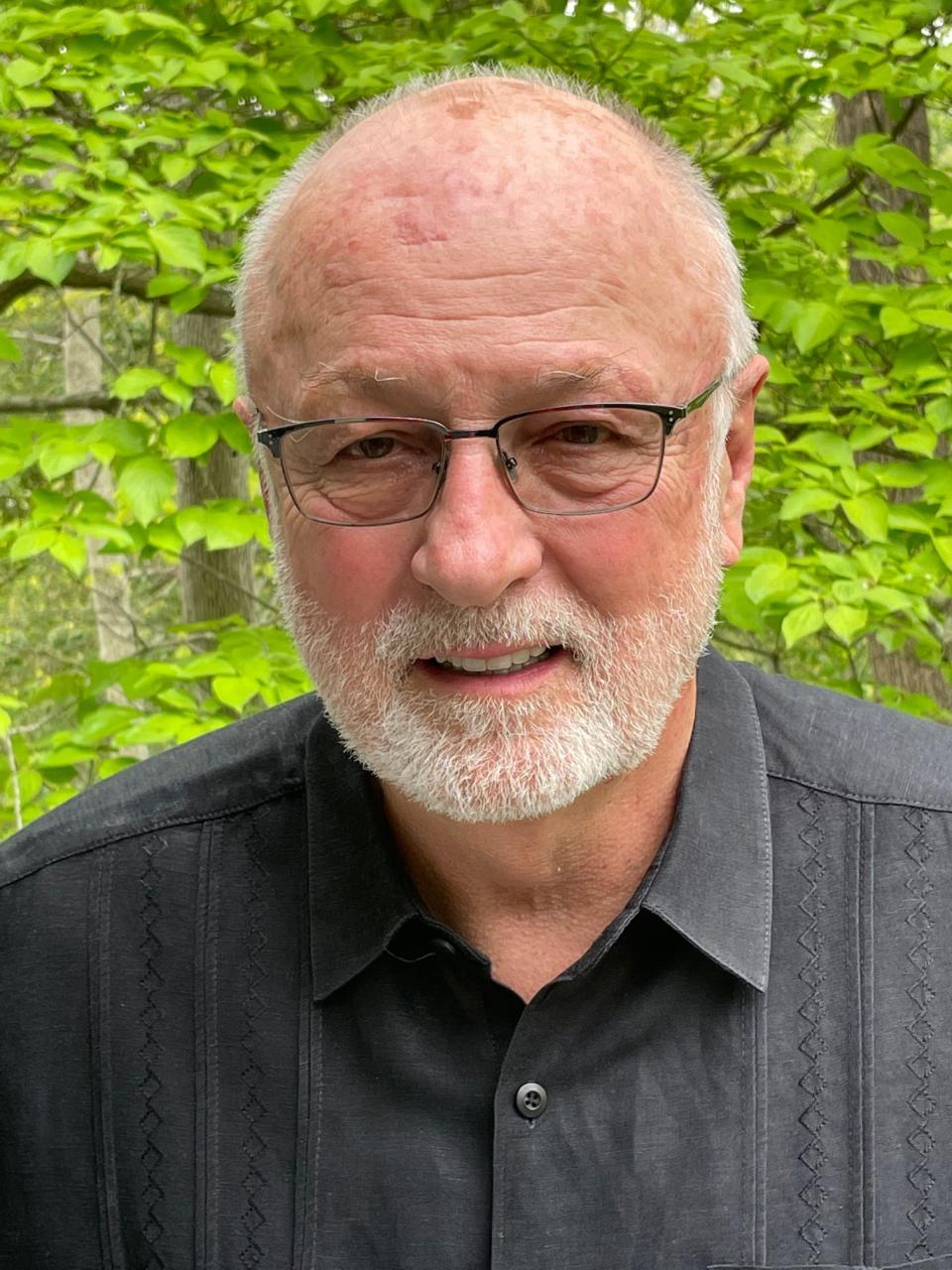
The bath house era ran its course from the 1880s to 1940s. I recall as kids in the 1950s that when we passed through “The Clem,” the smell of the sulphur baths was so strong that we all pinched our noses. The larger hotels lingered for another 30 years, past time for something different.
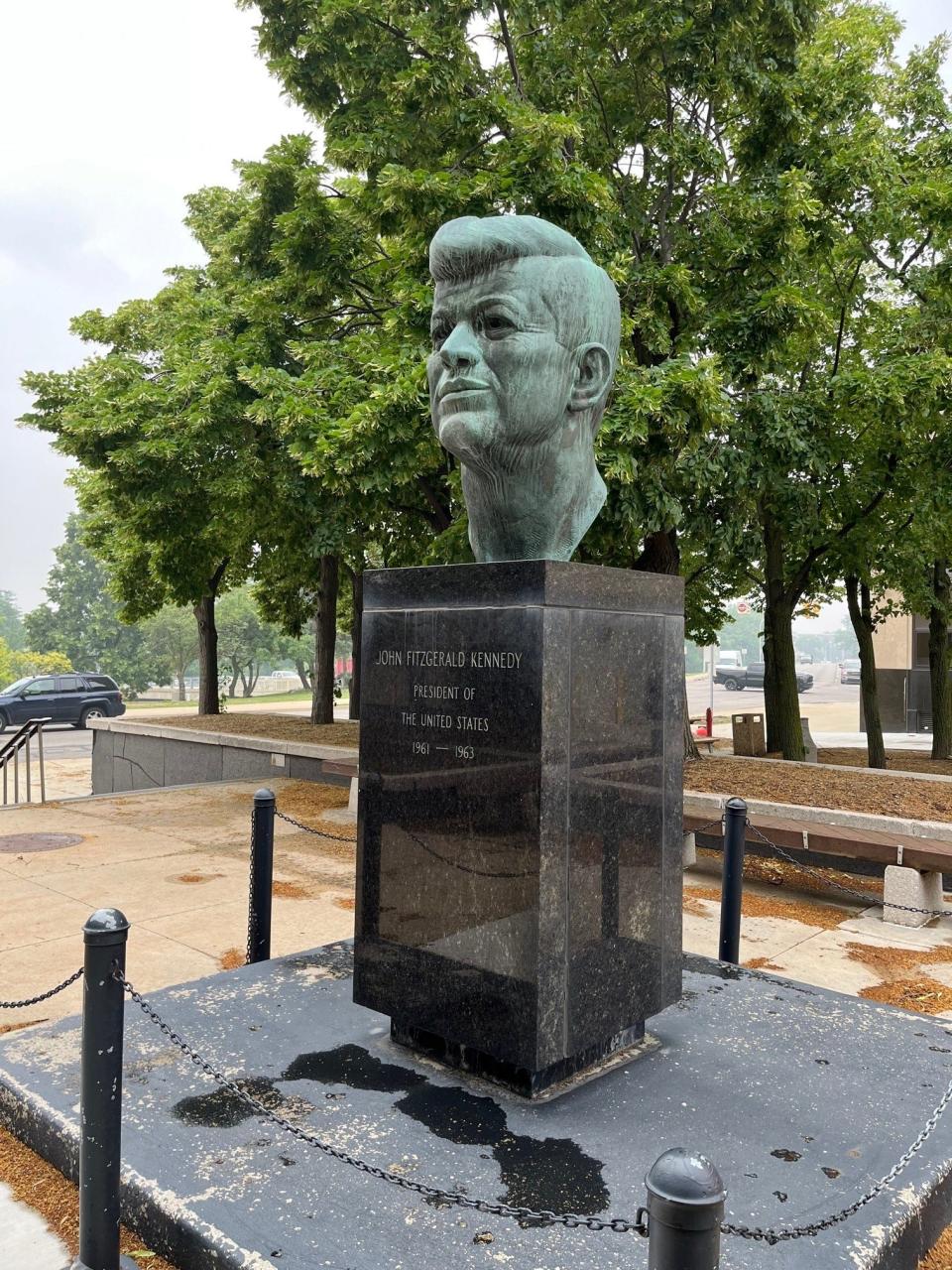
Today, sculptures dot some of the old hotel sites and other public and private places in downtown Mt. Clemens. This renaissance began to take shape in the 1980s, just as the last hotels burned down or were demolished.
Gabe and Dean
Leading the effort to introduce public art into the city was haberdasher and developer Gabe Anton, who would go on to become the art patron of the county seat in Macomb County. While Gabe added real estate and banking to his business portfolio, he also added sculpture to Mt. Clemens.
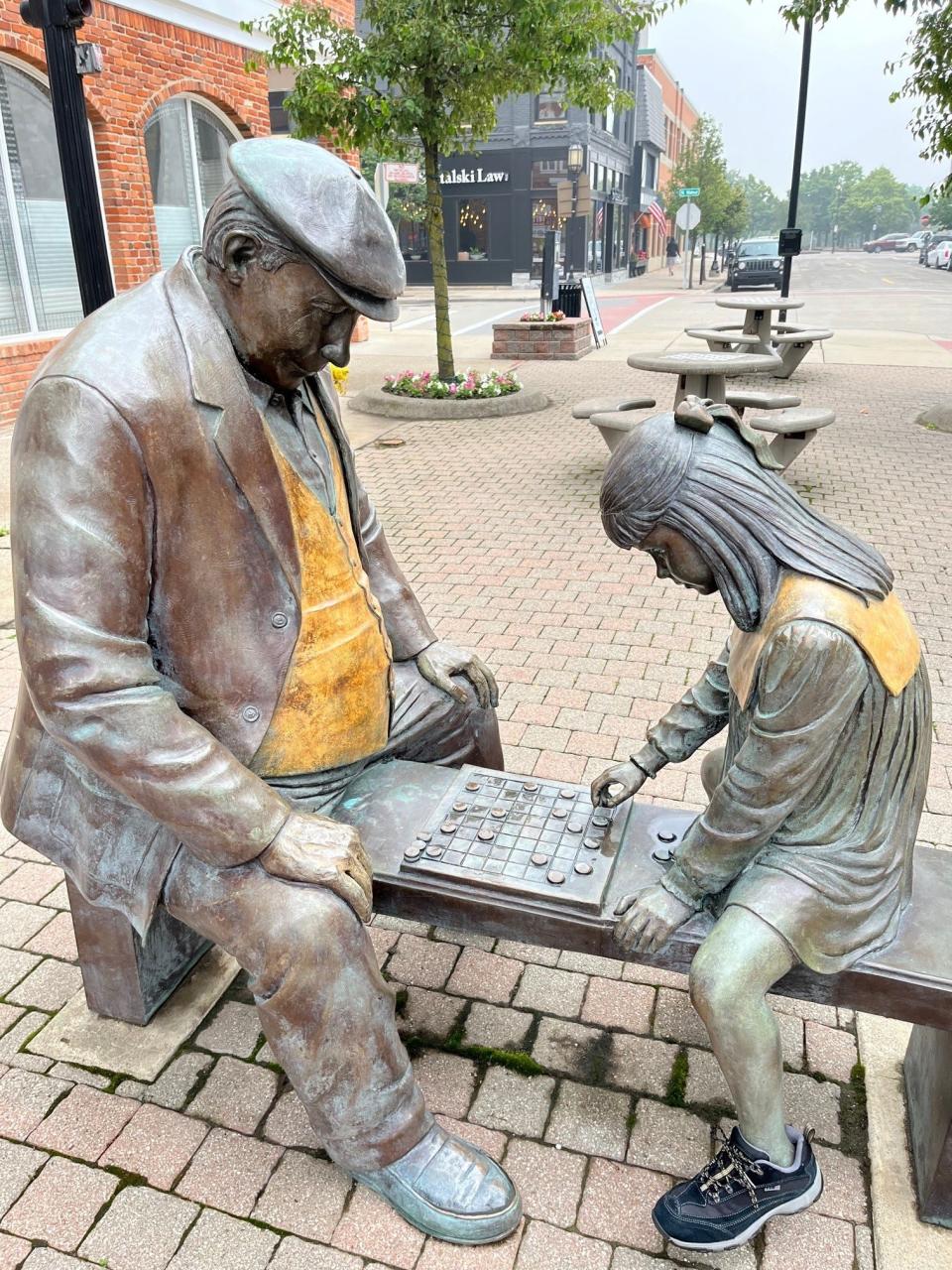
Anton and a group of civic-minded folks began by purchasing five pieces of sculpture. Notable downtown pieces are a tall, welded steel chair painted in blue and appropriately entitled the "County Seat." Another popular piece is "The Apple of My Eye," a bronze sculpture of a portly grandfather playing chess with his granddaughter as they straddle a bench, eyes focused on the knights, pawns and bishops between them. Another addition in Rotary Park is the inspirational "Flame of Life," which Gabe and his wife Pat purchased for the park.
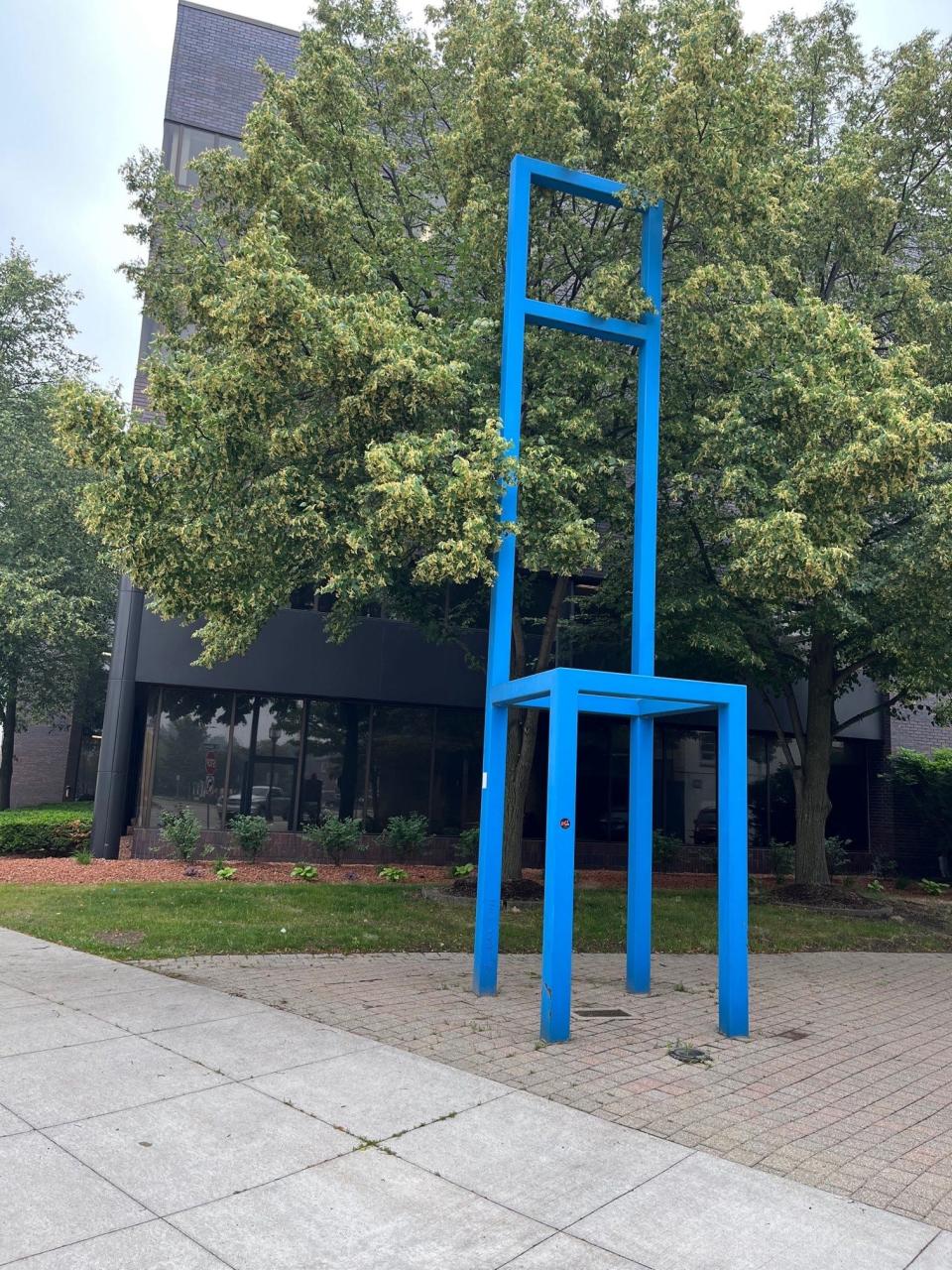
Gabe Anton also led the effort to restore the old Carnegie Library in Mt. Clemens into an attractive and functional Art Center that bears his name. It was a community effort and Anton speaks of the center with deserved pride. “The involvement of the community was unbelievable,” said Anton. His friend and longtime community patron, Dean Petitpren, echoed Anton’s feeling, saying, about community being a central element in the service of the common good, “I always believed in giving back.” Contributing, whether it is in time or dollars, is the glue that bonds community together.
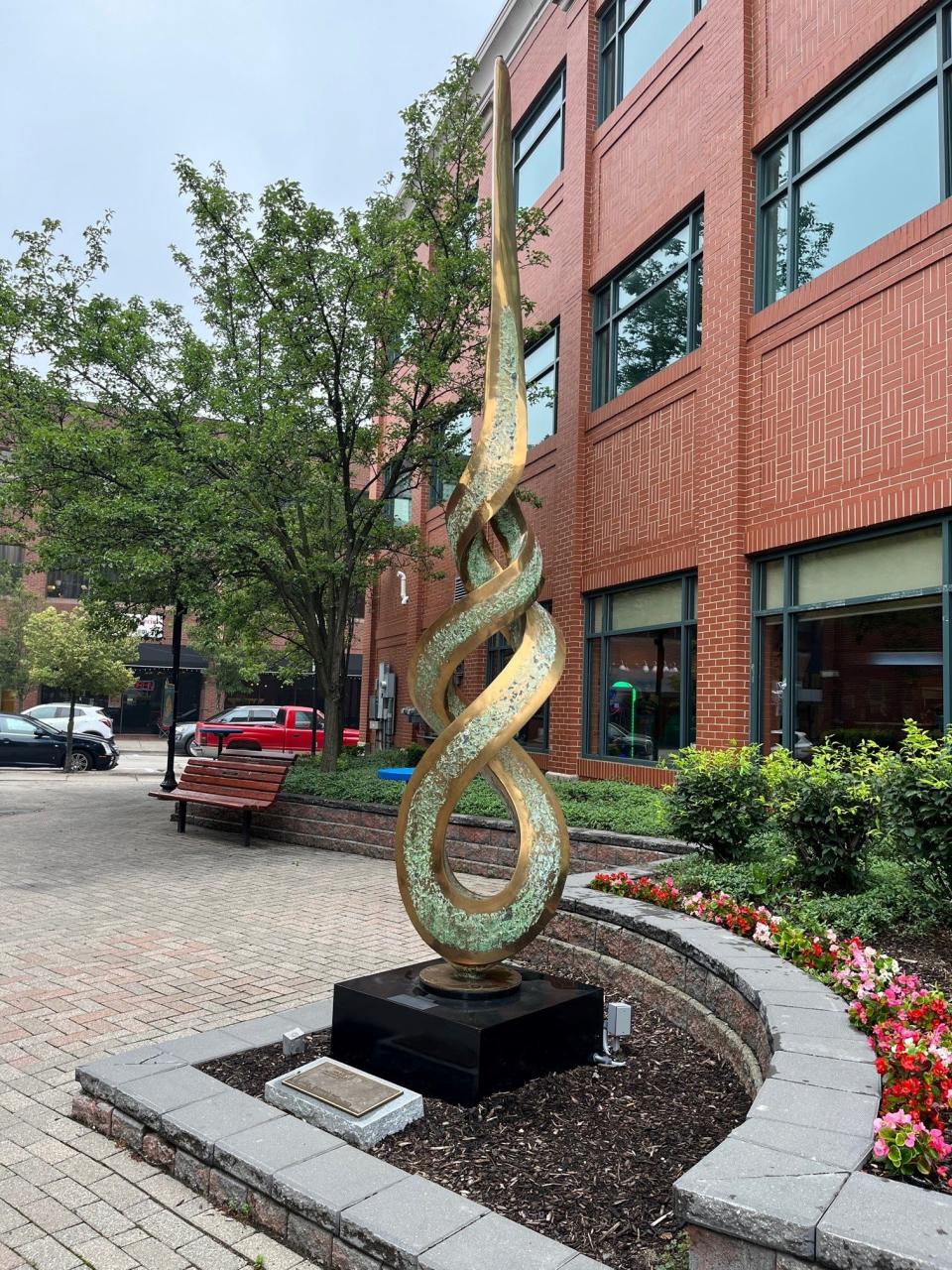
Ed Bruley
Ed Bruley has, for the last fifty years, been one of Macomb County’s premier political and government leaders. But he has another side: Ed also loves art and nature. He piloted the effort to distribute a million pine seedlings in Macomb and St. Clair counties. A prolific gardener, he can be found in his own magnificent yard or planting trees and bushes along public bike paths or beautifying the entry to the post office. Over the past twenty years, Ed and friends have maintained a mile stretch along the spillway and road between Gratiot and Harper. For Ed, every space counts.

Eventually, sculpture found its way into his own garden. Then through his Macomb Cultural and Education Partnership, a local non-profit, he began working with the Detroit Institute of Art, arranging art walks through Mt. Clemens with artists and scholars.
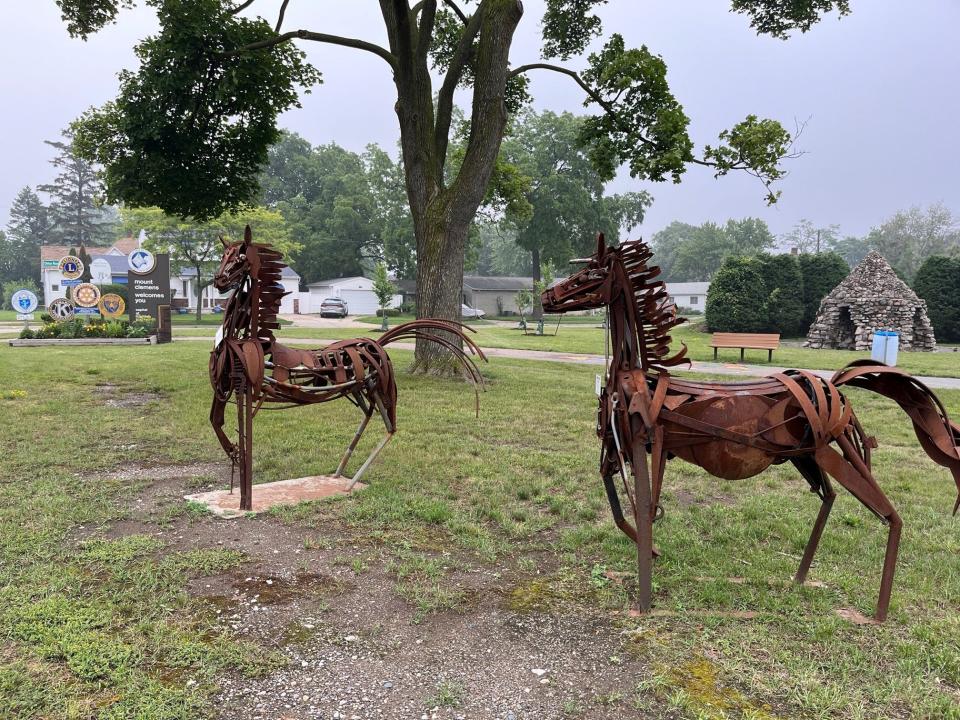
In 2018, Ed Bruley arranged for eight pieces of sculpture to be placed in the city. That number grew each year. Now 24 pieces, 17 rented and seven permanent, adorn the streets and neighborhoods of Mt. Clemens, thanks to his leadership. Funding comes from the very generous support of individuals, business and community organizations.
Erik and Israel
This story would not be complete without the Nordin Brothers, Erik and Israel, who originally hail from Sterling Heights. Deservedly, much has been written about these creative artists — entrepreneurs. Their art can be found throughout Michigan.
Some of their large public pieces command prominent and thematic places throughout our communities. Because of their industrial background, they attract a large following of metal lovers who also value imagination. In Macomb County, their sculpture pieces range in height from twenty to thirty feet, and are displayed in Sterling Heights, Harrison Township and soon Clinton Twp. in the form of a 30-foot steel tree. Slots in its limbs are embedded with stained glass to reflect in green the sun’s rays.
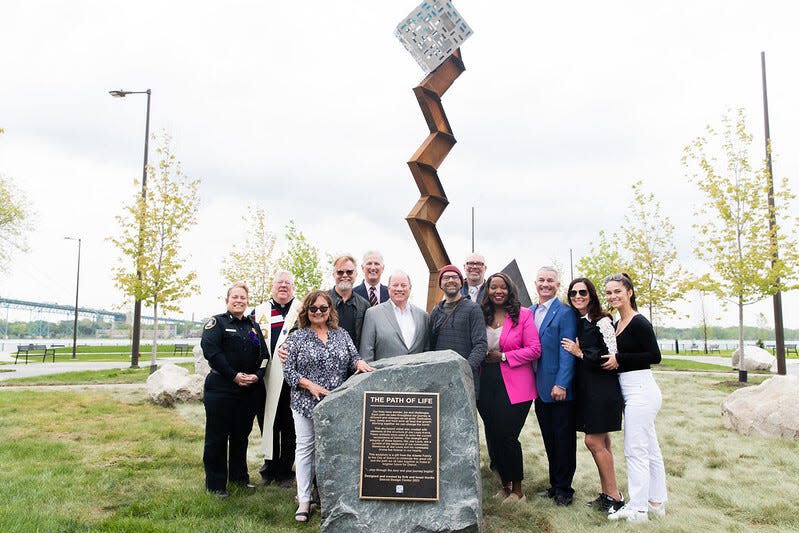
This quintet of artist-entrepreneurs has in common their passion for the joy they find in bringing art to their communities. They are listeners, watchers, and doers. Their contributions exemplify the ethic of the “common good” in civic life. Macomb County is being reimagined by its public art.
Phil Gilchrist, the director at the Anton Art Center, noted that the Mt. Clemens City Commission recently approved moving forward with a negotiating rights agreement to establish a 40-unit “artists housing” project next to the Anton Art Center on Macomb place in Mt. Clemens.
It may not be on the grand scale of the old hotels built during the mineral bath era, but it is an important step in reimagining and creating a more artistic and historical Macomb County Seat.
David Bonior represented Michigan's 12th and 10th Districts in the U.S. House of Representatives from 1977 to 2002.
This article originally appeared on Detroit Free Press: Opinion: Public art, cultural makeover reshapes Mt. Clemens' identity

